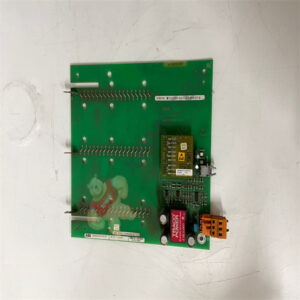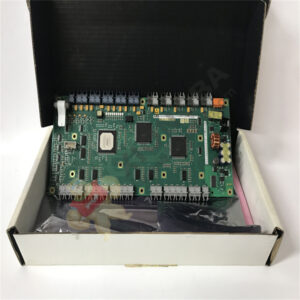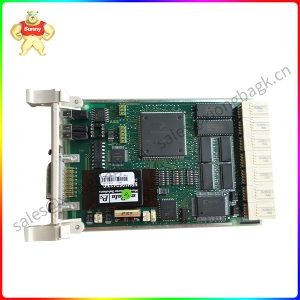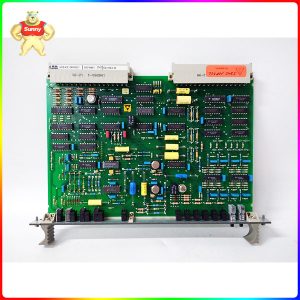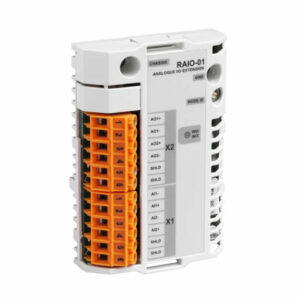Description
The software design of the EHDB520 system can be divided into two parts according to the overall division of the hardware structure. The operation of the whole system is shown in Figure 2. The programs of FPGA and DSP run independently and complete real-time data interaction through interrupt signals. The instruction from FPGA to DSP is to send an EDMA request through FPGA, and the DSP establishes an EDMA channel in response to the EDMA request and starts to read the pre-processed data from the FIFO. When the DSP transmits data to the FPGA, it sends an interrupt signal to the FPGA. Let it read the compressed image data out of the FIFO.
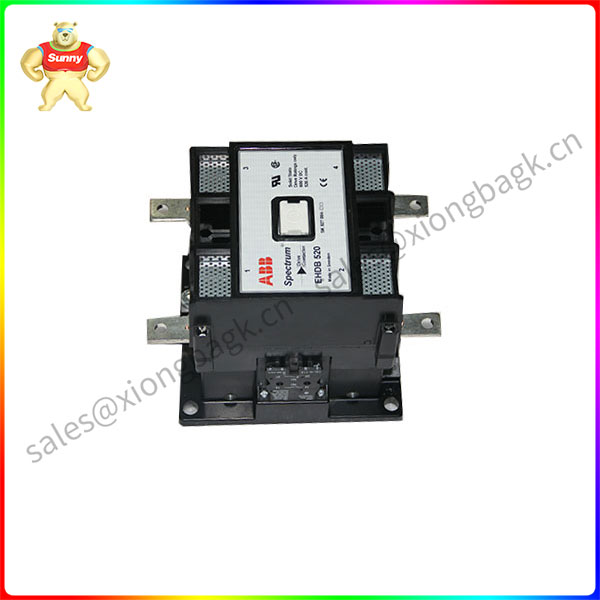
EHDB520
The entire system workflow of EHDB520 can be simply described as follows: After the system is powered on, the DSP is bootstrapped by flash first, and the boot program is run, and then it is transferred to the EDMA waiting state. After initialization, the FPGA waits for the external image acquisition command. After receiving the image acquisition command, the image acquisition begins, and the acquired image is preprocessed. After storing a certain amount of data, FPGA sends EDMA request to DSP through half-full signal, waiting for DSP response. Once DSP receives EDMA request from FPGA, it immediately establishes EDMA channel, reads data from FIFO to L2 memory, and starts image compression after storing one frame of image. After an image compression is completed, the DSP sends an interrupt signal to the FPGA, and the FPGA begins to read the compressed image data from the FIFO after receiving the interrupt signal. After reading a frame of data, the encoded signal is judged whether it is valid. If it is valid, the next frame image is compressed according to the same rules. If it is invalid, the DSP is notified to end.
Please contact Sunny sales@xiongbagk.cn for the best price.
➱ sales manager: Sunny
➱ email mailto: sales@xiongbagk.cn
➱ Skype/WeChat: 18059884797
➱ phone/Whatsapp: + 86 18059884797
➱ QQ: 3095989363
➱ Website:www.sauldcs.com




